Bald Cypress Lumber
- June 27, 2023
- 1 comment
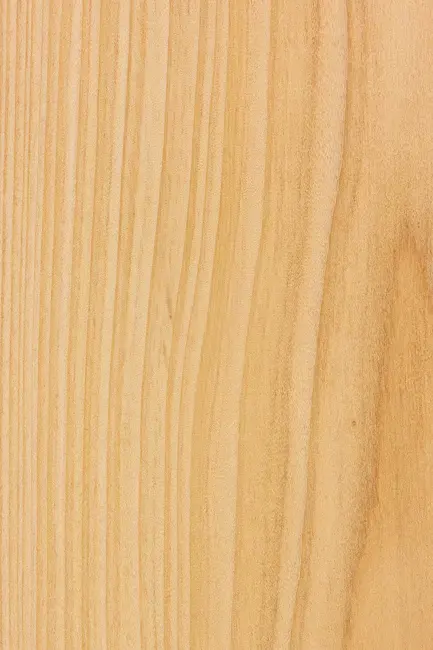
Bald Cypress, also known as Taxodium distichum, is a softwood species native to the southeastern United States. Renowned for its durability and resistance to rot, it has been utilized for a range of indoor and outdoor applications throughout history.
The aesthetic properties of Bald Cypress make it a preferred choice for various woodworking projects. Its heartwood ranges from a light, pecky, yellowish-brown to a darker, reddish-brown, depending on age and location. The sapwood is generally a pale yellow, contrasting subtly with the heartwood. Bald Cypress showcases a straight grain, typically with a coarse texture, and growth rings that are visibly delineated, adding depth and character to the wood’s appearance.
In terms of workability, Bald Cypress is relatively easy to work with both hand and machine tools, despite its toughness. It takes both nails and screws well and can be glued, stained, and finished effectively, making it highly versatile in terms of finishes. Its remarkable resistance to decay and insects makes it a valuable choice for outdoor furniture, decking, boatbuilding, shingles, and posts. Indoor uses include cabinetry, flooring, and furniture. The fine blend of durability, workability, and aesthetics make Bald Cypress a sought-after option in a multitude of woodworking endeavors.
| Property | Value |
|---|---|
| Common Name(s) | Bald Cypress |
| Scientific Name | Taxodium distichum |
| Distribution | Southeastern United States, Mexico |
| Tree Size | 100-120 ft (30-37 m) |
| Average Dried Weight | 31-36 lbs/ft3 (495-575 kg/m3) |
| Specific Gravity | 0.49-0.57 |
| Janka Hardness | 510 lbf (2,270 N) |
| Modulus of Rupture | 8,850-12,600 psi (61.0-86.9 MPa) |
| Elastic Modulus | 1,080,000-1,460,000 psi (7.45-10.06 GPa) |
| Crushing Strength | 4,460-6,390 psi (30.7-44.0 MPa) |
| Shrinkage | Radial: 3.4%, Tangential: 5.8%, Volumetric: 9.5% |
Color/Appearance:
Bald Cypress lumber ranges in color from a light, pale yellow to a reddish-brown. It often exhibits dark streaks and knots, which can create unique and visually appealing patterns. Over time, the wood can develop a rich patina.
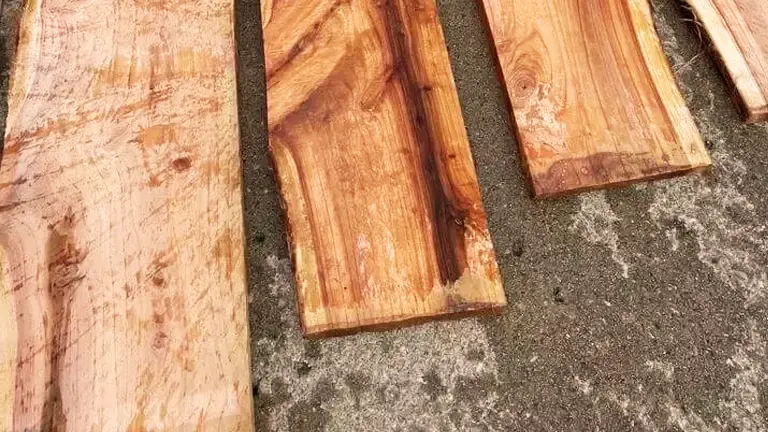
Grain/Texture:
The grain of Bald Cypress is typically straight, but it can be interlocked or wavy in some instances. The wood has a fine to medium texture, with a uniform and even appearance. It has a low luster, which adds to its understated beauty.
Rot Resistance
Bald Cypress is highly resistant to rot, decay, and insect infestations. The wood’s natural oils and preservative compounds contribute to its exceptional durability, making it a popular choice for outdoor applications.
Workability
Bald Cypress is generally easy to work with both hand and machine tools. It cuts cleanly and can be easily nailed, screwed, and glued. The wood has good dimensional stability and responds well to various finishes and coatings.
Odor
Bald Cypress typically has a mild, pleasant scent when freshly cut, often described as a sweet or spicy aroma. However, the scent fades over time.
Allergies/Toxicity
There are no known specific allergenic or toxic properties associated with Bald Cypress lumber. However, as with any wood, individuals with existing allergies should take precautions and wear appropriate protective equipment when working with this material.
Pricing/Availability
Bald Cypress lumber is generally available at a moderate price range. Its availability may vary depending on the region and local suppliers. It is advisable to check with local lumberyards or specialized wood suppliers for availability and current pricing.
Sustainability
Bald Cypress is considered a sustainable choice for lumber. It is commonly harvested from managed forests, and responsible forestry practices ensure the preservation of the species and its ecological balance.
Common Uses
Bald Cypress lumber finds applications in a wide range of woodworking projects. It is commonly used for exterior siding, decking, boat building, fences, outdoor furniture, and interior applications such as paneling, trim, and cabinetry.
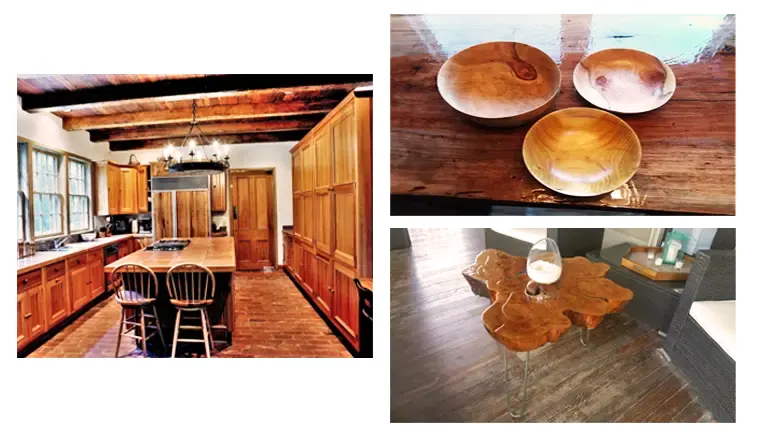
Frequently Asked Questions
- Is Bald Cypress suitable for underwater applications? Yes, Bald Cypress is highly resistant to water and rot, making it suitable for submerged applications such as boat building, docks, and piers.
- Can Bald Cypress be used for interior applications? Absolutely! Bald Cypress lumber is often utilized for interior paneling, trim, cabinetry, and furniture. Its attractive color and grain patterns can add warmth and character to indoor spaces.
- Does Bald Cypress require special treatment or finishing? Bald Cypress is naturally resistant to decay and does not require special treatment for outdoor applications. However, applying finishes or coatings can enhance its appearance and further protect the wood.
- How does Bald Cypress perform in humid environments? Bald Cypress performs well in humid environments due to its natural resistance to rot and moisture. It is a suitable choice for regions with high humidity.


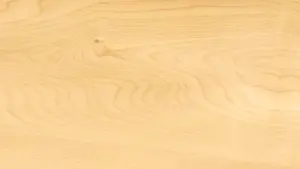
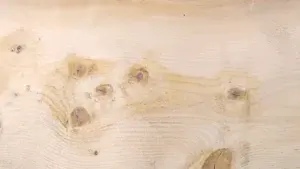
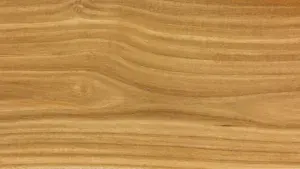
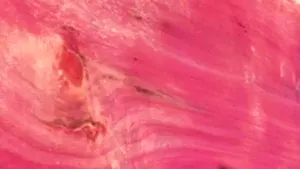
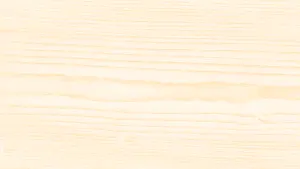
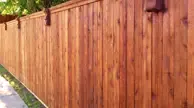


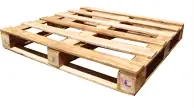
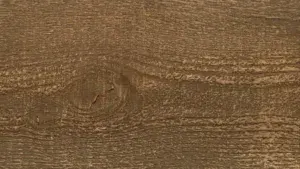

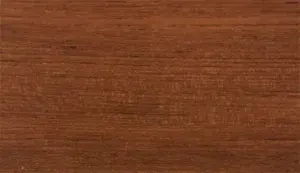
In a Kansas City suburb, I must have two 25 y/o bald cypress trees removed from my front yard. Do you have a directory of companies here who may be interested in buying this wood? Thank you.
Jeannie Daniels
December 8, 2023 6:09 pm